The Dule Temple is among the first batch of national key cultural relics protection units announced in 1961. From February this year, the Jizhou district of Tianjin has been enhancing its efforts to repair cultural relics, including the maintenance and protection of the Dule Temple.
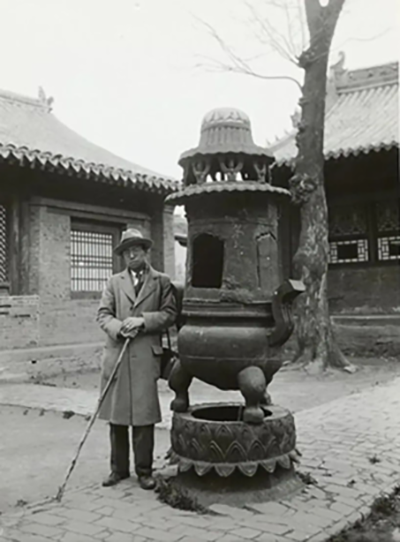
Liang Sicheng poses for a photo in the Dule Temple. [Photo provided to chinadaily.com.cn]
Liang Sicheng's first scientific investigative effort into Chinese architecture was the inspection of the Dule Temple in Jixian county, Tianjin city. In June 1932, the 31-year-old Liang published Dule Temple Investigation, which has been an academic model for the study of Chinese architecture for the last 90 years. It is also a symbol of "discovering the Dule Temple" and a milestone in the academic history of Chinese architecture.
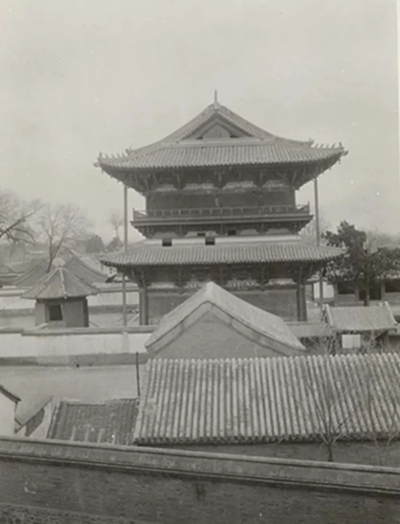
The photo was taken by Liang Sicheng while inspecting the Dule Temple. [Photo provided to chinadaily.com.cn]
Ding Yao, an associate professor of the School of Architecture at Tianjin University and director of the Institute of Architectural History and Theory, reviewed the history and presented a large number of photos Liang took during his inspection in 1932.
"Liang started from the shallow arch carvings on the buttresses of the Dule Temple and compared them with the architectures in different dynasties including the Tang, Song, Ming, and Qing dynasties. He also compared the Dule Temple with the Huayan Temple and the Wooden Pagoda of the Liao Dynasty (916-1125) and concluded that it had characteristics of the Liao style," said Ding. From his view, Liang not only outlined the architectural characteristics of the Liao style, but sought to unveil the "history of Chinese architecture" in his investigation.
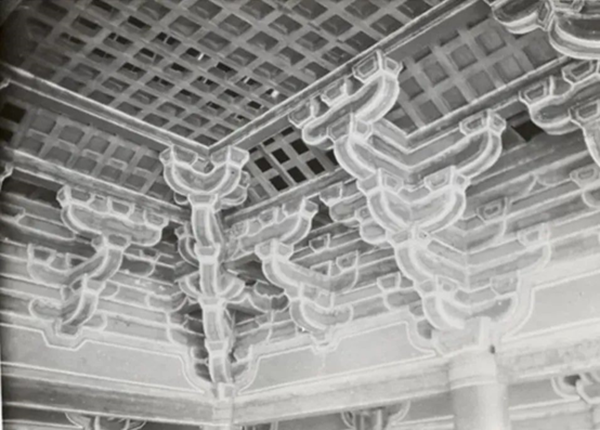
This photo was taken by Liang Sicheng while inspecting the Dule Temple. [Photo provided to chinadaily.com.cn]
Ding said Liang's research showed the Dule Temple was founded in the Tang Dynasty at the latest and was rebuilt during the Liao Dynasty in 984.
Liang praised the Dule Temple as "inheriting the legacy of the Tang Dynasty and unveiling the new generation of architecture of the Song Dynasty. It is an important material for the study on the transformation of Chinese architecture, and a rare treasure."
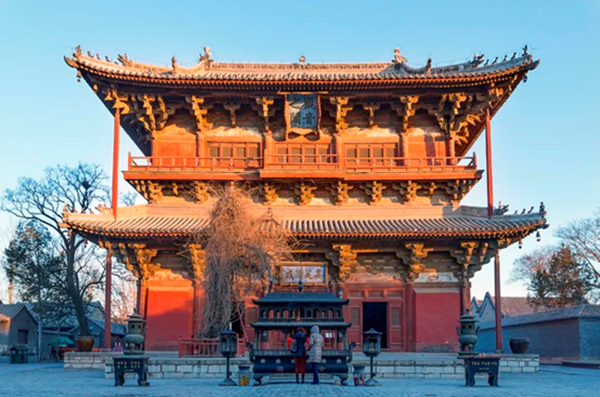
the Dule Temple [Photo provided by Zhao Jingbo]
Dule Temple Investigation written by Liang has six parts: general theory, temple history, current situation, mountain gate, the Guanyin Pavilion and protection. Ding believes that this monograph on the Dule Temple demonstrates Liang's key position in the academic history of Chinese architecture.
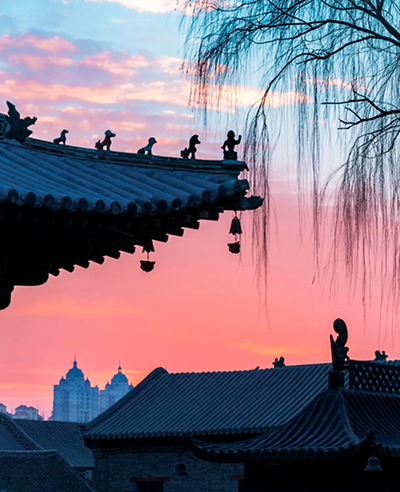
the Dule Temple [Photo provided by Zhao Jingbo]
In the Dule Temple Investigation, Liang's exploration is extremely detailed; he described the mountain gate in 16 sections touching on its appearance, flat surface, platform foundation, as well as illustrating the Guanyin Pavilion across 20 sections.
In 1966, Liang came to the Dule Temple again and proposed to install lightning rods on the Guanyin Pavilion and to set up barbed wire on the Guanyin statues for protection.





